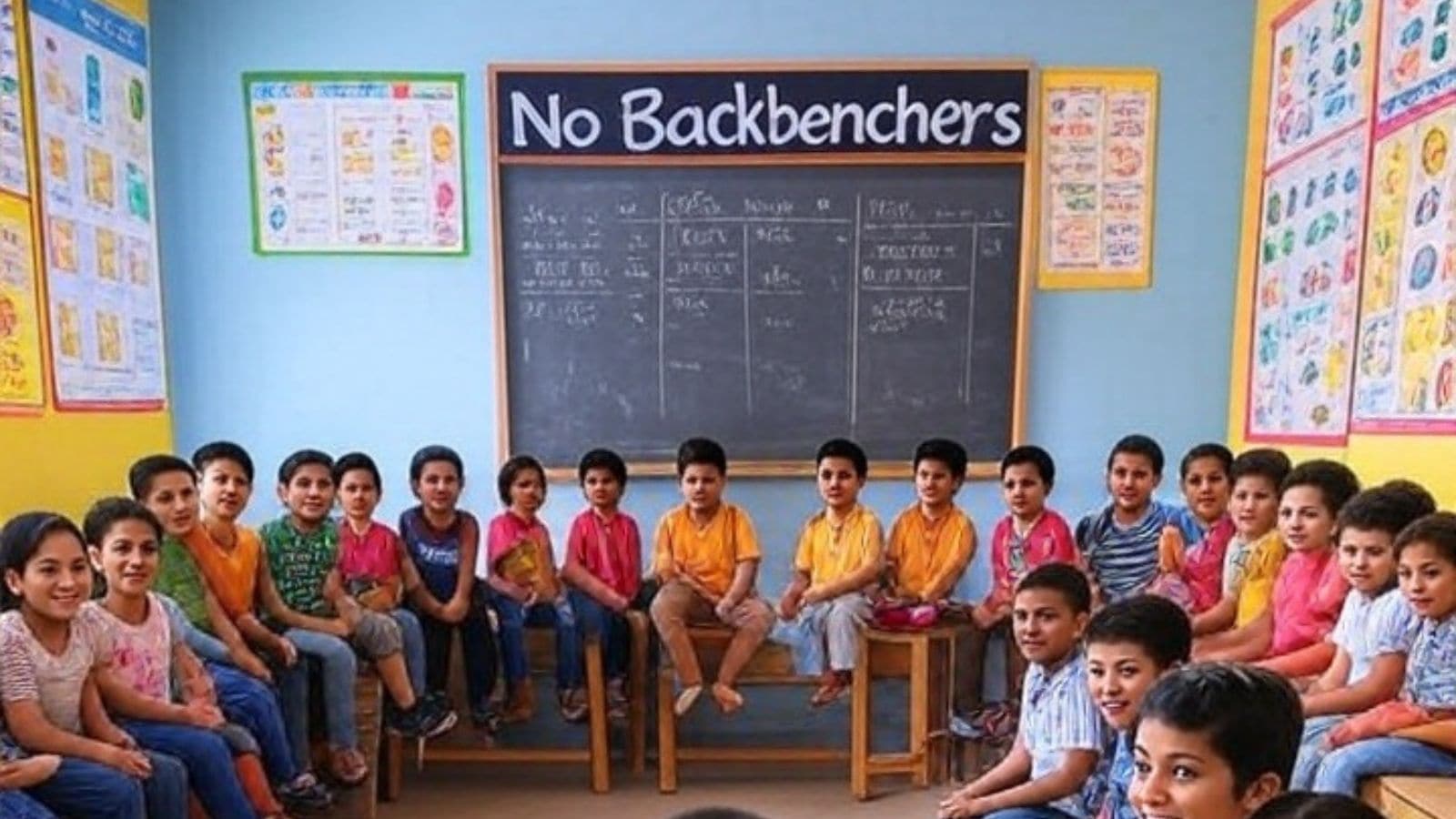
Kerala Education Dept’s New Mission: Classrooms Without Backbenchers

 :
| Updated On: 06-Aug-2025 @ 1:15 pm
:
| Updated On: 06-Aug-2025 @ 1:15 pmSHARE
The Kerala Education Department is contemplating a significant reform in classroom seating arrangements to eliminate the traditional concept of “backbenchers.” The initiative aims to create a more inclusive and equitable learning environment by replacing the conventional row-based seating with alternative layouts that allow for better student engagement and teacher interaction.
Education Minister V Sivankutty emphasized that seating hierarchy in classrooms can negatively impact students' self-confidence and contribute to disparities. He stated that the goal is to ensure equal opportunities for all students so that no one lags behind academically or in life. The minister announced that the state government would form an expert committee to study international models that promote non-hierarchical classroom arrangements and recommend the most suitable option for Kerala’s schools.
The state has already begun experimenting with alternative seating models. Schools in Kannur, Thrissur, and Kollam districts have introduced a horseshoe or U-shaped seating layout. In this format, students sit along the edges of the classroom in a semi-circular arrangement, all facing each other. This layout allows teachers to move freely in the center and interact equally with all students, enhancing engagement and communication. According to educators, this model promotes inclusivity and prevents any student from feeling left out.
Popular culture has also played a role in inspiring these changes. The recently released Malayalam film Sthanarthi Sreekuttan (2024), directed by Vinesh Viswanathan, portrays the story of a backbencher who challenges the traditional classroom structure. In the film’s climax, the outdated row-based seating system is replaced with a U-shaped arrangement, symbolizing a shift towards equality in the classroom. This narrative struck a chord with educators and policy-makers alike, further validating the department’s ongoing experiments.
One of the pioneering institutions in this initiative is the RCC Lower Primary School at East Mangad, Erumapetty, in Thrissur district. Headmistress Liji C. R. shared that at the beginning of the academic year, the school started discussions on how to enhance student learning. Teachers reflected on their own experiences as backbenchers and proposed removing the traditional seating hierarchy, beginning with Class I. The school adopted a U-shaped seating format, and the feedback was overwhelmingly positive.
According to Liji, both students and teachers responded enthusiastically to the new setup. Teachers found it easier to give equal attention to all students, and the students themselves seemed more engaged. The new arrangement sent a powerful message: every student matters, and no one should be marginalized. Parents also noticed improvements, noting that their children started learning faster and seemed more involved in classroom activities.
Liji also mentioned that the U-shaped model works best with smaller class sizes, ideally around 25 students. For larger classes like IV and V, the school arranged two U-shaped rows to accommodate more students while retaining the interactive benefits of the new layout.
In summary, Kerala’s move to eliminate “backbenchers” by transforming classroom layouts is a progressive step toward educational equity. By drawing inspiration from real-world experiences, popular media, and global practices, the state is paving the way for a more inclusive, student-centered learning environment that prioritizes confidence, equality, and active engagement.